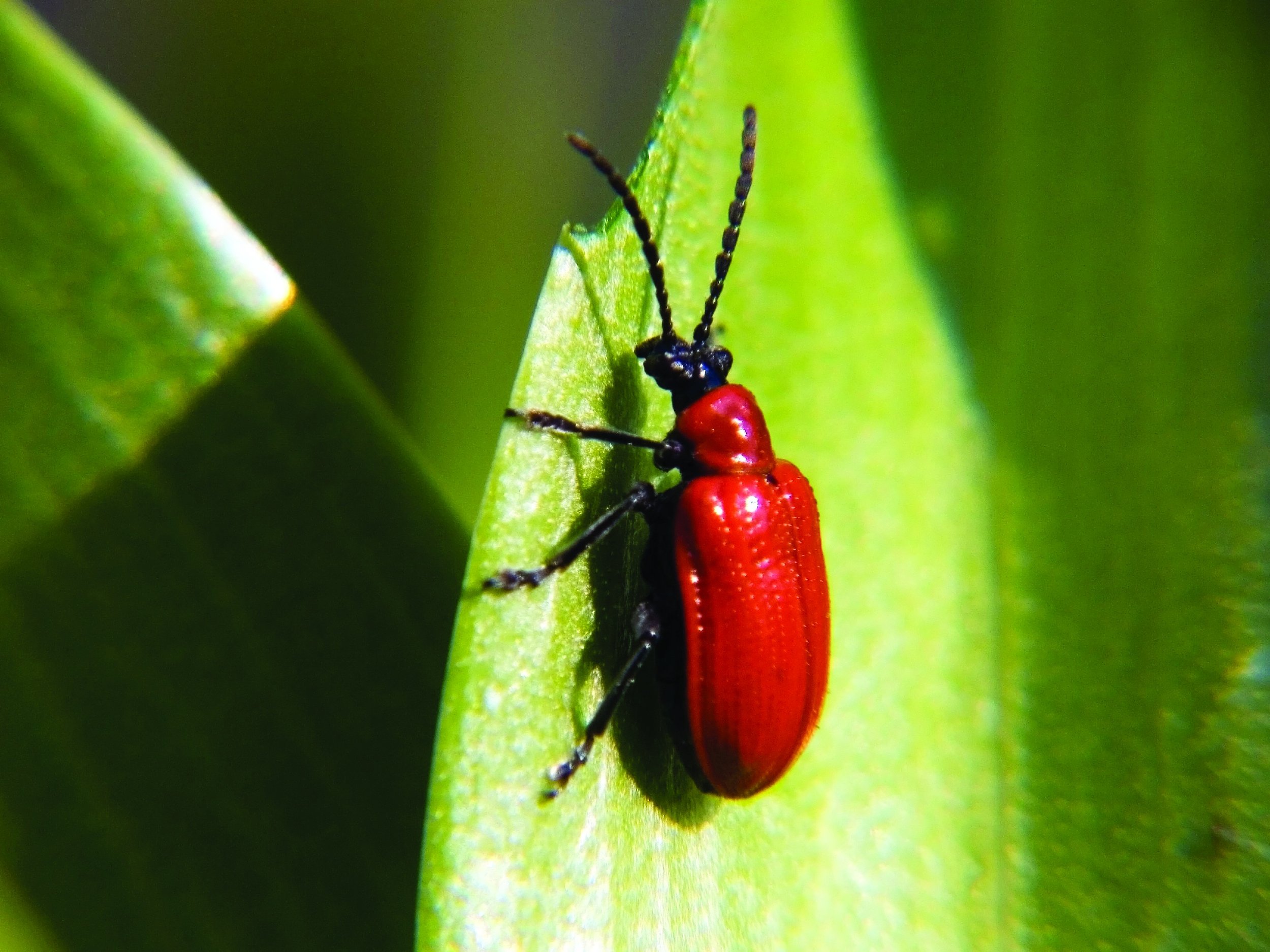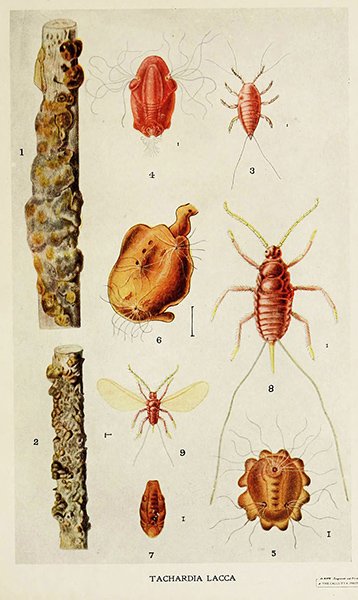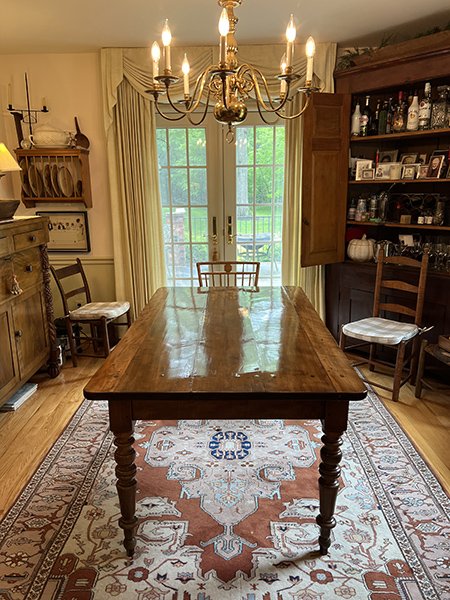How an Asian Bug Wound Up in Your Dining Room
Now that I have your attention, let me bring into focus one small Asian bug that has played a large role in furniture finishing. Specifically, I’m speaking of the Lac Bug - found only in Thailand and India.
The Lac Bug, also known as the Karria Lacca, is commonly found in the forests of Thailand and India. The females of the species swarm to create “cocoon”-like tubes on the tresses of local forests. Their larva feed on the tree, and their tube-like cocoon is scraped off and collected by local people, and later sold. The collected mixture of bark, bug and resin is placed into a canvas bag, which is then heated, allowing the sticky resin to drain out - leaving behind the bug and bark.
Once the sticky raw shellac is separated from the bug, and only bark remains, it is collected on a flat sheet and left to dry. The dried resin can then be shattered into flakes (as seen below). It is also often pressed or collected into “buttons”. This mixture varies in color depending on the tree sample. The lighter blonde flakes are from the kusum tree.
The shellac flakes or buttons are then able to be pulverized and dissolved in ethyl alcohol to create liquid shellac. The viscosity of the shellac can also be manipulated by adjusting the amount of flakes and alcohol mixed together. The thicker mixes are typically used as sealers, while the thinner viscosity mixes are typically used for fine finishing or for a technique referred to as French Polishing.
This method for finishing and polishing wooden furniture began its widespread popularity in the early 19th Century as it slowly replaced the previous techniques of finishing with wax or oils. Later, in the 1920s, when nitro-cellulose lacquers were introduced, shellac finishing decreased in popularity for higher-volume furniture manufacturing. However, shellac finishing is still the preferred finishing method of most period-style cabinet makers and antique restorers.
While the prices of shellac have fluctuated greatly over the last few years, it is still generally available at reasonable prices. However, some finish producers have not been able to keep up with fluctuating prices, and have therefore caused several well-know brands of professional-grade shellac finishes to exit the industry. Environmental concerns and recent spikes in shipping and fuel costs have also greatly effected end-user prices. Ultimately, this small, Asian Lac Bug plays a large role in the maintenance of luxury furniture and period antiques, and ideally, will be a renewable resource for years to come. That should be worth sticking around for.
Shot by Clair & Co.




